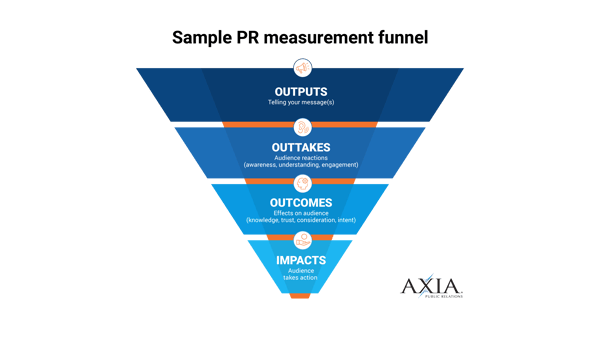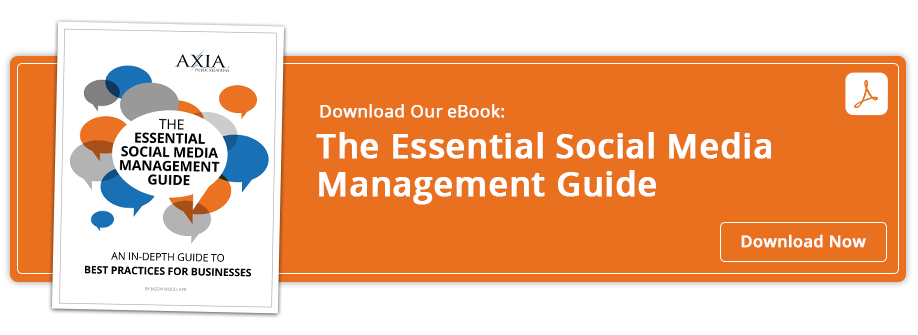4 tips to be sure you’re measuring your social media efforts correctly
 Just because everyone is doing something wrong doesn’t make it right. This is especially true when it comes to measuring social media efforts for your company. With these tips, you can learn the correct way to measure and get the most out of your social media.
Just because everyone is doing something wrong doesn’t make it right. This is especially true when it comes to measuring social media efforts for your company. With these tips, you can learn the correct way to measure and get the most out of your social media.
Where you’re going wrong with your social media measurement
You collect tons of data about your company’s social media presence. However, when it comes time to measure the effectiveness of all this information and your efforts, you might be going about it all wrong. That’s because you’re probably thinking in linear terms. In other words, A+B=C.
For example, you might be trying to learn which pieces of content were the most popular and how they affected sales on a particular day. However, interactions on social media don’t follow this kind of traditional, direct line of thinking. In addition, even a popular post begins to lose its positive attributes when people feel as if the information is repetitive.
The complex relationships on social media require a unique kind of thinking and measurement. It’s never as simple as “more of this leads to more of that.” This is a new field of operation with its own set of rules that change all the time. Your company must stay on top of these trends and be flexible enough to adjust when necessary.
How should you measure social media?
- Pay attention to the small things.
Something as minimal as adding images (or using the wrong kinds of images) can have a significant impact on user behavior. By keeping an eye on seemingly insignificant changes or additions and noticing even small shifts, you can better determine your social media impact and performance.
- Put aside preconceived notions of how groups work.
We often think of a group as having one leader and all members moving in the same direction at the same time. While this is ideal for business, it’s not the way social media works. On social media, people jump from one platform or community to another, and they often share all the information they previously gathered with the new group. This new group may not even be on your radar. For instance, your social media demographics might differ slightly from your general audience. You should look for other types of patterns to identify relevant groups and develop strategies to follow, engage and measure them.
- Understand the distinctive rules of different platforms.
You may find that posting to Facebook on weekdays in the early afternoons works best for your company. However, this strategy may not get the same results on Twitter, where early morning or evenings are the best times to encourage retweets (when people aren’t working). In addition, each platform has its own guidelines for sizing images.
- Hire a public relations firm to help you.
One of your first steps must be to gain an understanding of what a good return on investment means for social media. This includes knowing exactly what you’re spending and which networks will work best for you. You must also track how many people your messages impact and how many take action. A high-quality PR agency can help you do that.

Axia Public Relations will help you separate social media fact from fiction and design a custom program certain to achieve measurable results. To learn more, contact us or download our complimentary e-book “The Essential Social Media Guide” today.
 Clients love Lisa’s engaging writing and PR experience. She specializes in business and technology PR. Lisa has worked with Axia since December 2013. Learn more about Lisa.
Clients love Lisa’s engaging writing and PR experience. She specializes in business and technology PR. Lisa has worked with Axia since December 2013. Learn more about Lisa.
Featured image credit: 123rf.com
Topics: measurement, shared media


Comment on This Article